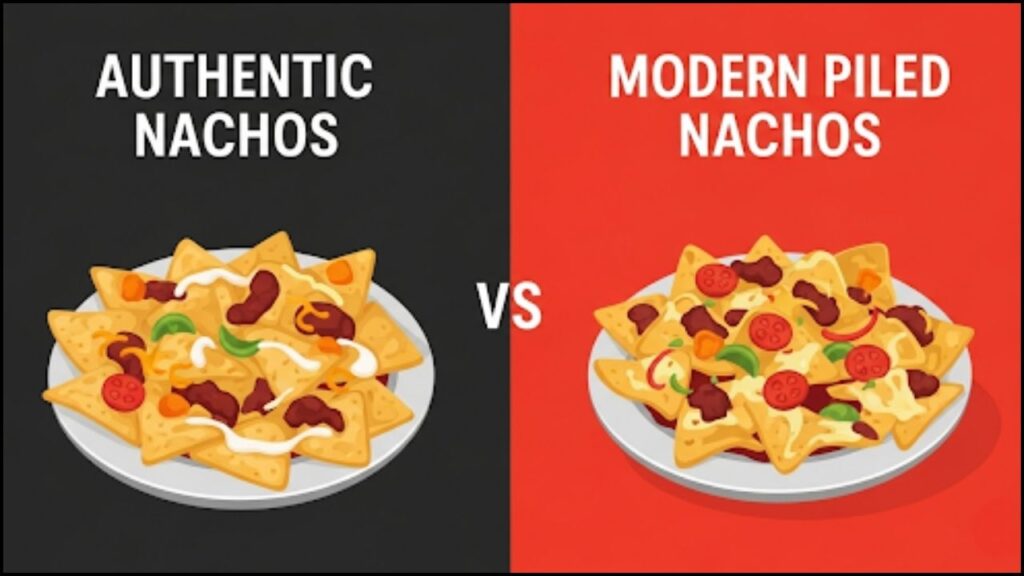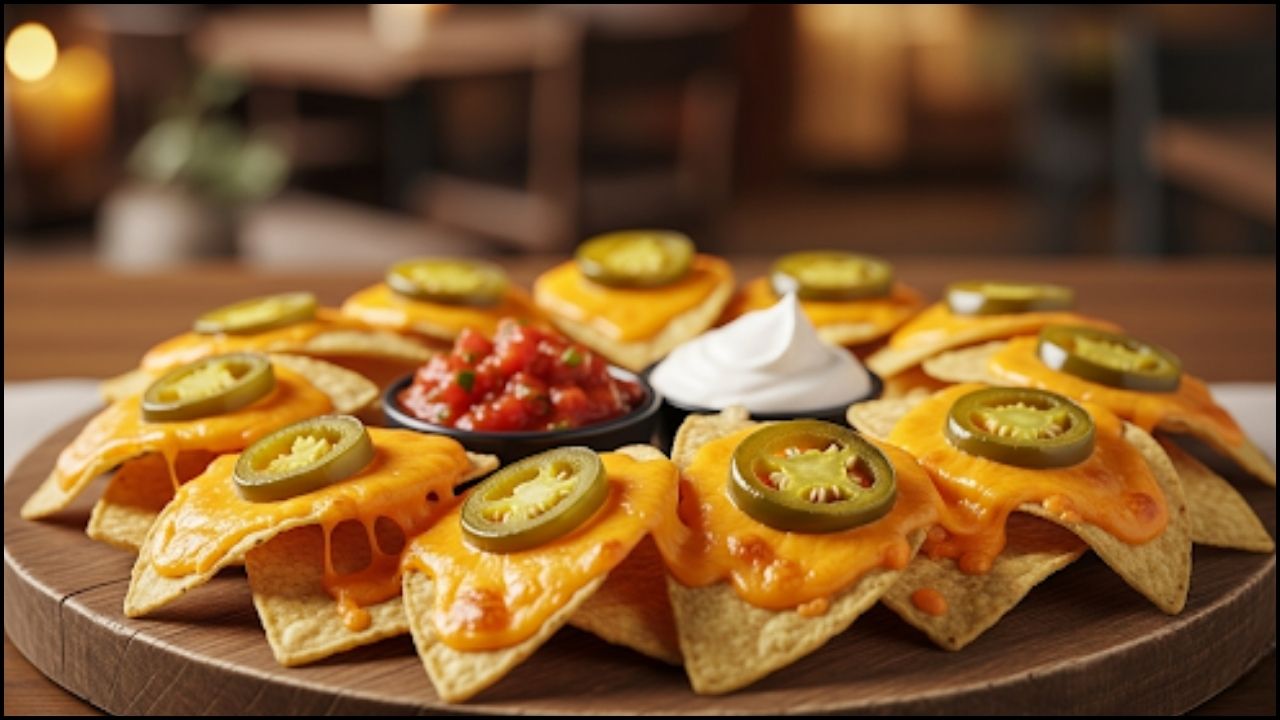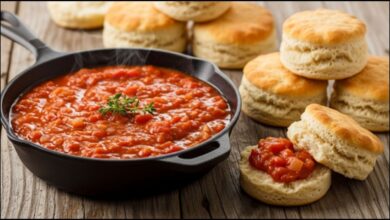A culinary debate simmering among chefs and food historians suggests that the widely popular version of nachos a mountain of chips buried under a deluge of toppings is a departure from the dish’s original form. The quest to define authentic nachos leads back to a much simpler, more deliberate preparation that prioritizes balance and texture, a method conceived in a Mexican border town nearly a century ago.
The Birth of “Nacho’s Special”
The story of the nacho begins in 1940 in Piedras Negras, Mexico, a city just across the border from Eagle Pass, Texas. As documented by food historians and reporting from outlets like the San Antonio Express-News, a group of American military wives arrived at the Victory Club restaurant after it had closed for the day. The maître d’, Ignacio Anaya, unable to find the cook, improvised a new snack. Anaya, whose nickname was “Nacho,” grabbed freshly fried corn tortillas, cut them into triangles, and topped each individual piece with a bit of shredded cheddar and a slice of pickled jalapeño. He then heated them until the cheese melted and served them to his guests, calling the dish “Nacho’s especiales” or “Nacho’s special.”
“The original dish was a masterpiece of simplicity,” said Dr. Adán Medrano, a culinary historian and author of “Don’t Count The Tortillas: The Art of Texas Mexican Cooking,” in a published interview. “It was about highlighting three distinct flavors in a perfect, single bite: the corn of the tortilla, the sharp creaminess of the cheese, and the acidic spice of the pepper.” This careful construction ensured every chip was a complete, balanced serving.
Deconstructing the Original Culinary Technique
The defining feature of authentic nachos lies in its methodical preparation. Unlike the modern approach of piling ingredients, the original culinary technique requires each tortilla chip to be treated as a separate canvas. This meticulous layering prevents the common pitfalls of the modern nacho platter: soggy chips at the bottom and bare chips on top.
The Single-Chip Method
- Base: A thick, sturdy, freshly fried tortilla chip is essential to support the toppings without becoming greasy or breaking.
- Cheese: Longhorn cheddar was Anaya’s original choice. The cheese is grated or sliced and placed on each chip individually, ensuring even melting and coverage.
- Topping: A single slice of pickled jalapeño is the only other required ingredient, placed directly on the melting cheese.

This technique guarantees a consistent experience with every bite. “It’s a structural principle as much as a culinary one,” stated a report from the Culinary Institute of America. “By building nachos horizontally instead of vertically, you maintain the integrity of the chip and the balance of flavors.”
Evolution and Mass-Market Adaptation
The transformation of nachos from a simple snack to a loaded platter began in the 1970s. Arlington Stadium in Texas is widely credited with popularizing the dish at sporting events. To serve thousands of fans quickly, concessionaire Frank Liberto developed a processed cheese sauce that could be pumped from a dispenser, as detailed in a report by The New York Times.
This innovation, while commercially successful, marked a significant departure from Ignacio Anaya’s creation. The pumpable cheese sauce and the practice of dumping it over a large pile of chips became the standard in stadiums, movie theaters, and chain restaurants worldwide. This led to the addition of other ingredients like ground beef, beans, sour cream, and guacamole, further distancing the dish from its origins. “The stadium version democratized the nacho, but it sacrificed the elegance of the original,” explained food writer Gustavo Arellano, author of Taco USA: How Mexican Food Conquered America. “It became about quantity over quality, a vehicle for as many toppings as possible.”
While many chefs today embrace creative variations, there is a growing movement to reintroduce the public to the original Nacho’s special. This revival emphasizes high-quality ingredients and the intentional culinary technique that made the dish a classic. Several renowned Mexican and Tex-Mex restaurants now offer the original style on their menus, often billing it as “Nacho’s Original” or a similar name to distinguish it from the more common loaded version. This renewed focus does not aim to invalidate modern nachos but rather to educate diners on the dish’s history and its founder’s culinary intent. The continued popularity of both styles shows the remarkable adaptability of a dish born from a simple act of hospitality.
Dive into Deliciousness with Our Easy Crab & Avocado Nachos!


 How Quick Air Fryer Meals Are Reshaping the American Kitchen
How Quick Air Fryer Meals Are Reshaping the American Kitchen A Depression-Era Staple, Southern Tomato Gravy, Finds New Life in Modern Kitchens
A Depression-Era Staple, Southern Tomato Gravy, Finds New Life in Modern Kitchens Why a Forgotten 1950s Cake with a Secret Ingredient Is Trending Again
Why a Forgotten 1950s Cake with a Secret Ingredient Is Trending Again More Than a Dessert: How Tar Heel Pie Captures the Essence of North Carolina
More Than a Dessert: How Tar Heel Pie Captures the Essence of North Carolina